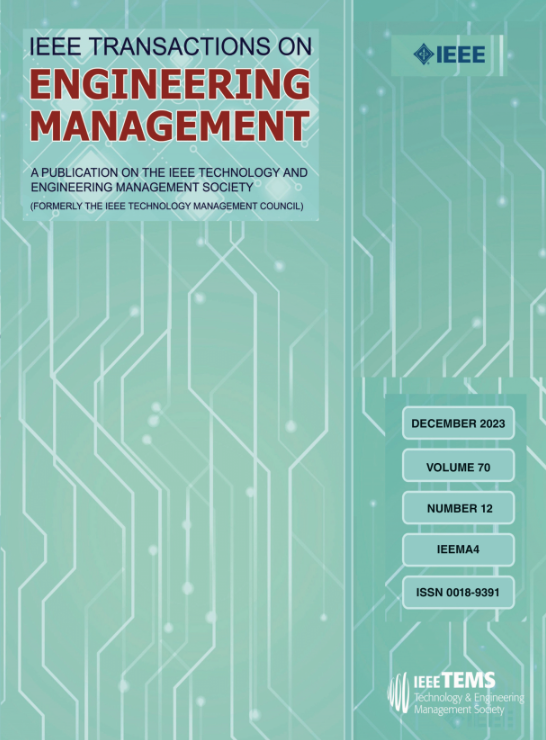导航直播:零售商在线上线下竞争中的策略
IF 5.2
3区 管理学
Q1 BUSINESS
引用次数: 0
摘要
直播购物正在重塑零售市场,尤其是在产品高回报的挑战下。本文研究了直播零售商的两个关键决策:是进行自流还是雇用第三方流媒体,以及是否向消费者提供退货运费保险(RI)。我们还探讨了线下零售商如何根据在线零售商的行为调整其定价和店内协助。首先,直播零售商只有在RI溢价较低时才会从提供RI中受益。如果退货运费补偿水平较高,零售商更有可能提供RI,因为退货运费补偿增加,在线产品匹配概率降低,或者消费者冲动购买的概率增加。如果回程运费补偿水平较低,这三个因素会产生相反的效果。其次,在大多数情况下,当粉丝效应高、固定费用低时,直播零售商倾向于聘请第三方主播。否则,最好进行自流。有趣的是,当RI溢价较低时,提供RI可以作为使用第三方流媒体的替代方案,即使第三方流媒体具有强大的粉丝效应和成本效益。第三,当直播零售商以较低的RI溢价提供RI时,线下零售商降低了销售价格和店内协助水平。当直播零售商雇佣一个粉丝效应较弱的第三方主播时,与零售商进行自流相比,线下零售商的回应是提高售价和改善店内协助。本文章由计算机程序翻译,如有差异,请以英文原文为准。
Navigating Live Streaming: Retailers’ Strategies in Online–Offline Competition
Live-streaming shopping is reshaping retail markets, especially due to the challenge of high product returns. This article investigates two key decisions for a live-streaming retailer: whether to conduct self-streaming or employ a third-party streamer, and whether to offer return-freight insurance (RI) to consumers. We also explore how an offline retailer adjusts its pricing and in-store assistance in response to the online counterpart’s actions. First, the live-streaming retailer benefits from offering RI only when the RI premium is low. If return-freight compensations are at a high level, the retailer is more likely to offer RI as return-freight compensations increase, probability of online product fit decreases, or probability of consumers’ impulse-buying increases. The three factors have the opposite effect if return-freight compensations are at a low level. Second, in most cases, the live-streaming retailer tends to employ a third-party streamer when the fan effect is high and the fixed fee is low. Otherwise, conducting self-streaming is preferred. Interestingly, offering RI can serve as an alternative to employing a third-party streamer when the RI premium is low—even when the third-party streamer has a strong fan effect and cost-effectiveness. Third, the offline retailer reduces the selling price and in-store assistance level when the live-streaming retailer offers RI at a low RI premium. When the live-streaming retailer employs a third-party streamer with weak fan effects, the offline retailer responds by raising the selling price and improving in-store assistance, compared to when the retailer conducts self-streaming.
求助全文
通过发布文献求助,成功后即可免费获取论文全文。
去求助
来源期刊

IEEE Transactions on Engineering Management
管理科学-工程:工业
CiteScore
10.30
自引率
19.00%
发文量
604
审稿时长
5.3 months
期刊介绍:
Management of technical functions such as research, development, and engineering in industry, government, university, and other settings. Emphasis is on studies carried on within an organization to help in decision making or policy formation for RD&E.
 求助内容:
求助内容: 应助结果提醒方式:
应助结果提醒方式:


